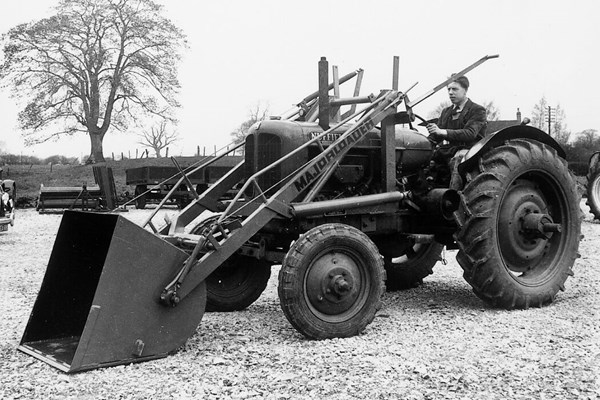The global commercial market is full of products, but an innovator truly defines excellence when his name becomes synonymous with his invention. For instance, Xerox, Jeep, Dumpster. Remember a few years back when bulldozers became an instant hit when memes talking about the fascination of Indians with watching a “JCB” at work went viral? Yes, you do.
But, do you know bulldozers are not called JCB? Instead, it’s one of the many manufacturers of Earth- movers the world over. And JCB was a man.
Bulldozers these days have entered a new political cycle in Uttar Pradesh, Madhya Pradesh, and now in Delhi, where they have been used to demolish illegal constructions and structures. Even UK Prime Minister Boris Johnson rode a bulldozer on Thusday during his visit to the JCB factory at Halol GIDC, Panchmahal in Gujarat. But, beyond the political noise around these vehicles, seen as a punishing machine these days, meet the man who made JCB a common name on construction sites globally.
WHO WAS JCB?
JCB Excavators bears the initials of Joseph Cyril Bamford, who revolutionised the world of construction. The foundation for the company was laid following the end of World War II when Joseph Bamford, an Englishman, began developing agricultural tipping trailers in 1945 in a garage in Uttoxeter.
Also Read | After MP and Gujarat, now bulldozer politics in Delhi Known as JCB in the construction world, he was the great-grandson of the founder of Bamfords Ltd, an agricultural engineering business. Born in 1916, Bamford rose to be an engineer, working with several engineering farms in his youth. He worked with the Ministry of Aircraft Production and English Electric during the Second World War.
According to The Guardian, after the World War, Bamford started building agricultural trailers in a lock-up garage, capturing the agricultural market in the UK, which was recuperating from the effects of the war. He then diversified into hydraulics in 1948, which changed the game forever. His was the first company to launch the European hydraulic loader, which became the leading driver of the post-war agricultural boom.
The loader equipped with double-acting rams and a variety of attachments led to the growth of agriculture and in 1953 the company launched its first excavator (or backhoe) followed by the revolutionary JCB MK1 that had a 180- degree slew fitted to a tractor. Bamford successfully combined his skills in engineering and marketing with the product. While the engineering marvel gave the world a high-standard mechanical excavator, his motto of “jamais content B” which means never content with achievements, made him a global force.
The company introduced the backhoe in India nearly four decades ago and has the world’s largest factory for these loaders in Ballabhgarh. JCB today has a presence in 110 countries with a portfolio of machines that includes tracked excavators, wheeled loaders, skid steer loaders, telehandlers, diesel generators, and diesel engines.
JCB retired in 1975 handing over the business to his elder son Sir Anthony and shifted to Switzerland to pursue his interests in yacht design. He passed away in 2001.


